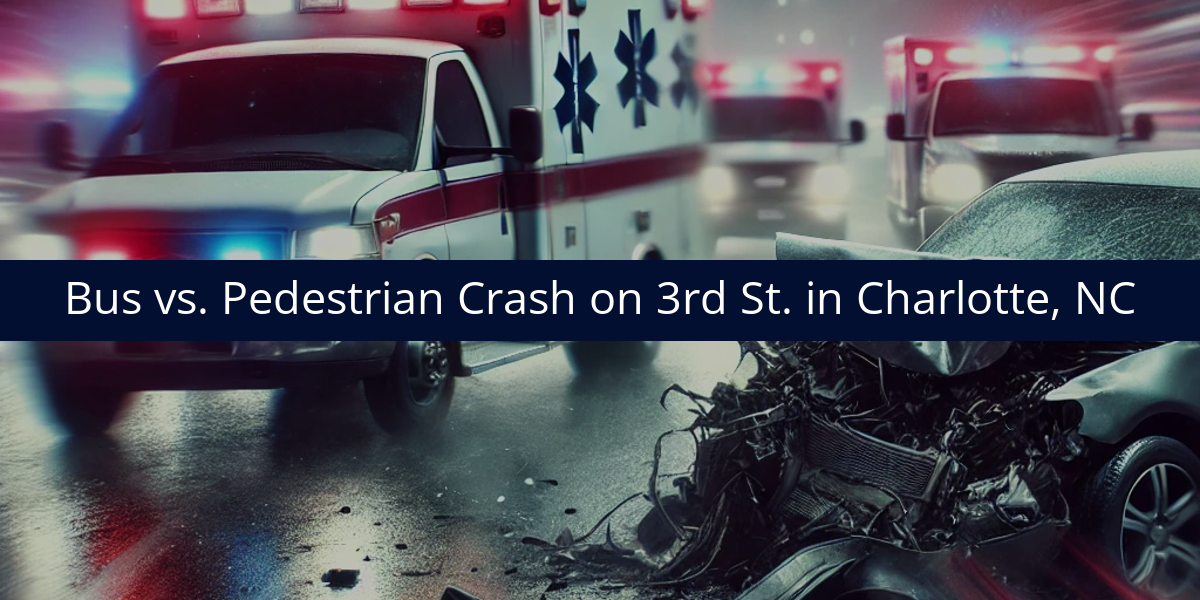Early Tuesday morning, a pedestrian was critically injured after being hit by a Charlotte Area Transit System (CATS) bus in uptown Charlotte. The crash occurred just after 6 a.m. at the intersection of 3rd Street and Brevard Street. Emergency responders transported the injured person to the hospital with life-threatening injuries. As of now, officials have not released further details about how the crash happened, and the investigation is ongoing.
When a pedestrian is struck by a commercial vehicle in an urban setting, a careful review of the events leading up to the incident is essential.
Could Driver Distraction or Fatigue Have Played a Role?
Given the early hour of the crash, one question investigators may explore is whether the bus driver was fully alert. Fatigue and distraction are two common contributing factors in commercial vehicle incidents, especially during early morning shifts. If the driver had already been operating for an extended period or was multitasking behind the wheel, that could have affected their ability to see and respond to a pedestrian in time.
Were There Mechanical Issues?
Another angle worth examining is whether the bus had any mechanical problems that could have contributed to the crash. These issues could have made it harder to avoid a collision. Investigators may inspect the vehicle to ensure that all safety systems were operational at the time of the crash.
What Evidence Should Be Examined?
To get a clearer picture of what happened, investigators will likely analyze the CATS bus’s internal camera footage, as many city buses are equipped with forward-facing and cabin-facing cameras. Reviewing the bus’s GPS and ECM data, along with driver logs and any available street surveillance footage, may also provide insight. Witness statements and traffic light sequencing at the intersection could help determine whether the pedestrian had the right of way.
Why It’s Critical to Conduct a Full Investigation
Crashes involving pedestrians and large commercial vehicles tend to result in severe injuries, and it’s critical that investigators leave no question unanswered. In my experience, the presence of surveillance systems and vehicle data means that the facts are often there. It’s just a matter of collecting and interpreting them.

 call us
call us  Email Us
Email Us  Text us
Text us  AI-SEARCH
AI-SEARCH